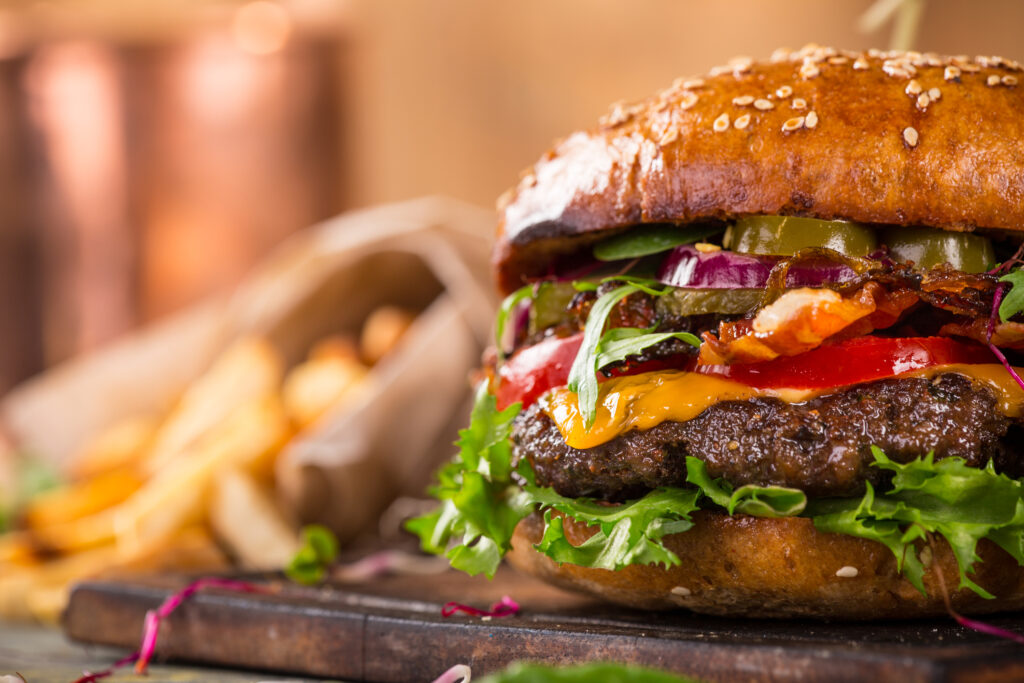In recent years, we’ve seen a sudden boom in the restaurant industry’s innovative use of shipping or storage containers. Aaron Supreme can transform a container into a stylish and functional space offering a wide array of possibilities. Our restaurant customers have used these containers in a broad range providing unique and modern aesthetics to their restaurant business. Here are some of the ways restaurants can benefit from deploying shipping or storage containers either as a primary structure or as a supplement to their existing setup.
Firstly, many restaurants have capitalized on the current trend of turning shipping or storage containers into full restaurants, cafes, or pop-up dining establishments. This is not only a fantastic way to catch the eye and attract customers but also a cost-effective alternative to traditional brick-and-mortar dining spaces. They can be easily customized to accommodate cooking equipment, seating areas, and even restrooms. This use of containers is particularly prevalent in urban areas like New Haven and Hartford, CT where space is a premium and typically exudes a trendy, edgy vibe that appeals to a young, hip clientele.
Secondly, storage containers can be used as portable kitchens or bars for outdoor events or catering purposes. They can be fitted with the necessary equipment and moved to any location, ranging from park-based food festivals to private beach weddings. The container’s inherent durability means it can withstand various weather conditions, thereby providing a robust and reliable solution for off-premise restaurant needs.
Thirdly, restaurants can use these containers as efficient storage solutions, particularly those with limited space or with a requirement for additional refrigeration or freezer space. Outfitted with shelving and cooling systems, these containers can often store bulk volumes of ingredients, beverages, or even catering equipment safely and securely. The inherent mobility of these containers also enables restaurants to move their inventory as and when required easily.
Fourth, shipping containers can be utilized as drive-thru or pick-up points for restaurants. In the era of digitization and increased demand for takeaways, having a stand-alone pick-up point can ease congestion in the main dining area and enhance the customer experience. The adaptable nature of these containers means they can be fixed with order windows, digital screens, and even payment terminals for a fully functional drive-thru service.
Lastly, containers can be transformed into modern, chic private dining spaces or VIP areas. With some interior design magic and thought-out planning, restaurants can offer a unique and memorable dining experience to their patrons in these compact, cozy spaces.
Aaron Supreme can provide shipping or storage containers as an innovative, adaptable, and cost-effective solution for numerous restaurant needs. Whether it’s a fully functioning eatery, temporary festival kitchen, extra storage space, drive-thru service, or an exclusive dining area, these containers offer a breath of fresh, modern air to the restaurant sphere. The possibilities are indeed boundless with a creative mind and careful planning. So, the next time you see a shipping container, remember it is not just a metal box but a potential treasure trove of opportunities for the culinary industry.


